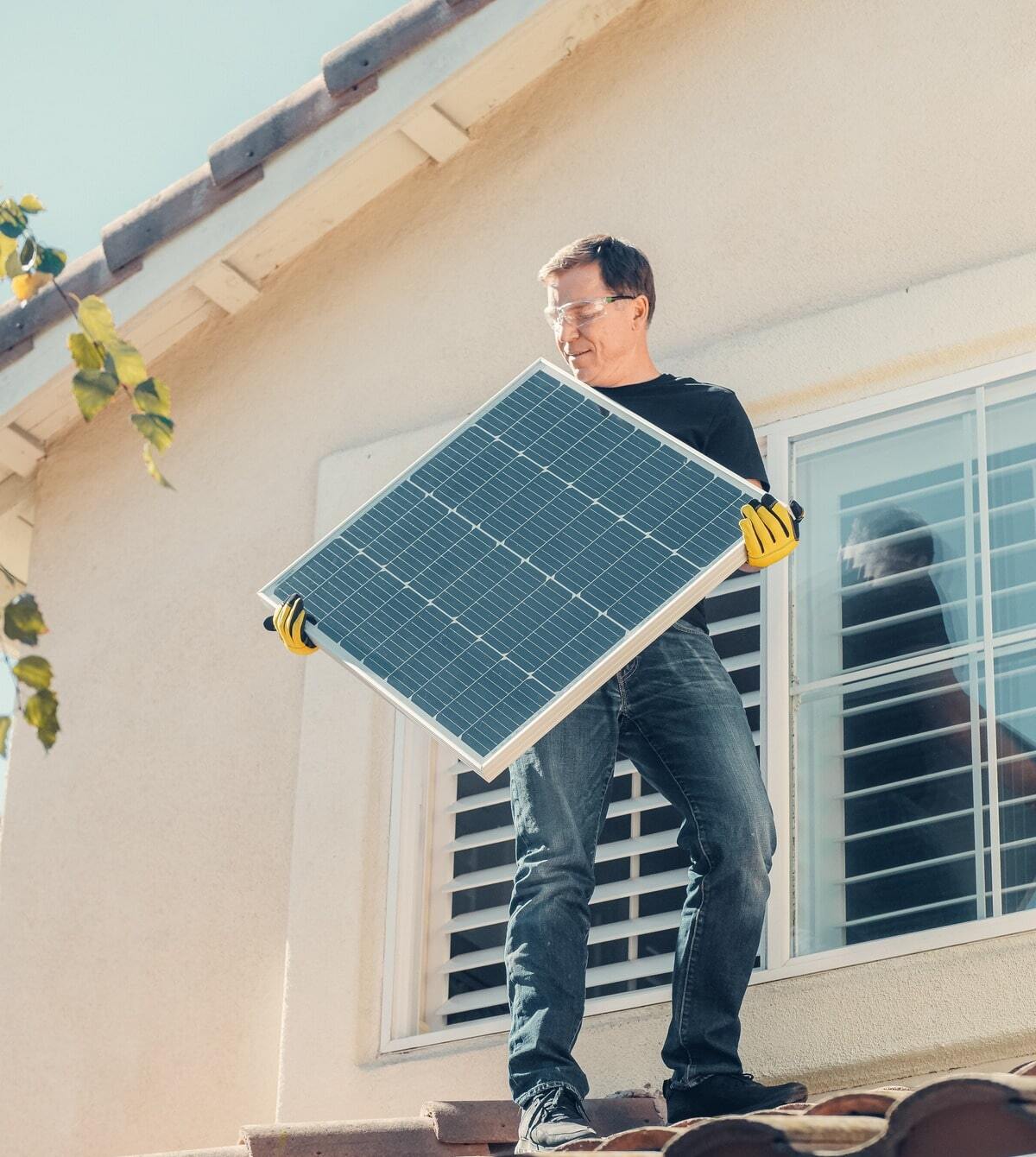The cost of solar energy solutions has faced a large decline in recent years, and we know that once you have a system installed, through government schemes, you can enjoy even more money off your bills. But there tends to still be a high upfront cost for panels and installation, which many people simply can’t afford.
Is there a way to reduce the overall cost of solar panels and make them more affordable for those who want them?
Solar Materials
Solar panels are usually made from silicon, which is one of the most abundant elements on Earth. Silicon based solar panels currently account for about 95% of the market. Of course, there are other types of solar panels you can buy, but when silicone panels provide the most power, are more efficient, and longer lasting, why would you go for anything else?
Well, the catch with silicone-based panels is that their construction and internal components tend to be very complex, which drives their cost right up. Scientists have been trying to figure out a way to use different materials for solar panels which can work as effectively as silicon, but are not as expensive to manufacture.
PSCs
One of the answers could lie in PSCs (Perovskite solar cells). These are thin film cells with their materials being printed or vacuum deposited onto a support layer. Unlike traditional silicon cells, they are easy to assemble, and can reach an efficiency level that is close to that of silicon panels. In fact, out of all the PV solutions that have currently been developed, the efficiency of PSCs has improved the fastest, reaching over 25% efficiency in 2020. Not only this, but it has been estimated that PSCs could reduce costs by a fifth, meaning they aren’t just efficient, but also far more cost effective.
Unfortunately, there still seems to be a little way for them to go before they hit the mass market. Scientists are working on making them more durable, and using different manufacturing techniques to make them even more low cost for consumers.
Aside from PSCs, the other types of solar solutions are being researched that could make things more affordable in future. These include:
- Thin film cells: these are low cost, but also have a lower efficiency, so if you want to get the most out of your investment, they may not be worth it.
- PERC cells (Passivated Emitter and Rear Contact): conventional cells are modified to create these, and they can make 6-12% more energy that traditional solar panels.
- Tandem cells: these are cells that are doubled up and convert different bands of light into energy. They are more efficient than any other type of panel, holding the recorded at a huge 46% efficiency level. The technology is incredible, but is unbelievably expensive at the moment, and they are very hard to manufacture.
Solar communities
Community solar panels are just as they sound, solar panels for the benefit of the community. They can be placed in a way that’s akin to a solar farm, or be arranged on a smaller scale on specific buildings.
The point of these kinds of projects is to make things more affordable for local communities in general, and a huge benefit of projects like this is that they’re owned by the community itself. This means that individuals don’t have to fork out huge upfront costs if they wanted to install solar panels for just their house. Instead, they can pay a fraction of the cost, and make the most of having solar energy generated for them, as opposed to having to go through the installation process themselves.
In addition, there are huge environmental benefits to this. If a community is using power generated from a solar farm, then it significantly reduces their carbon footprint, and makes their local energy supply much greener.
Unlike PSCs, community solar projects are something that we can start doing now, without needing to wait for scientists to do their research and formulate solutions. By having entire communities chipping in for solar panels that will benefit everyone, they can be made so much more affordable, especially for those who may be on a low income.
Breakdown
While the overall cost of solar energy is going down steadily, there are still things that can be done to lower the cost and make solar energy solutions far more affordable for consumers. The two examples that we’ve looked at today, PSCs and community solar panels, offer realistic solutions to the problem of high costs. This is especially true with community solar panels as you can easily set up a collective and suggest this to your local community. With PSCs, while it’s going to take a little more time for them to become available en masse, there is a lot of hope that in the future, solar panels will be far more accessible to all and not just those that have the funds.
